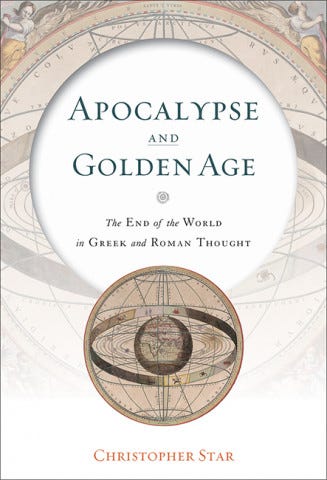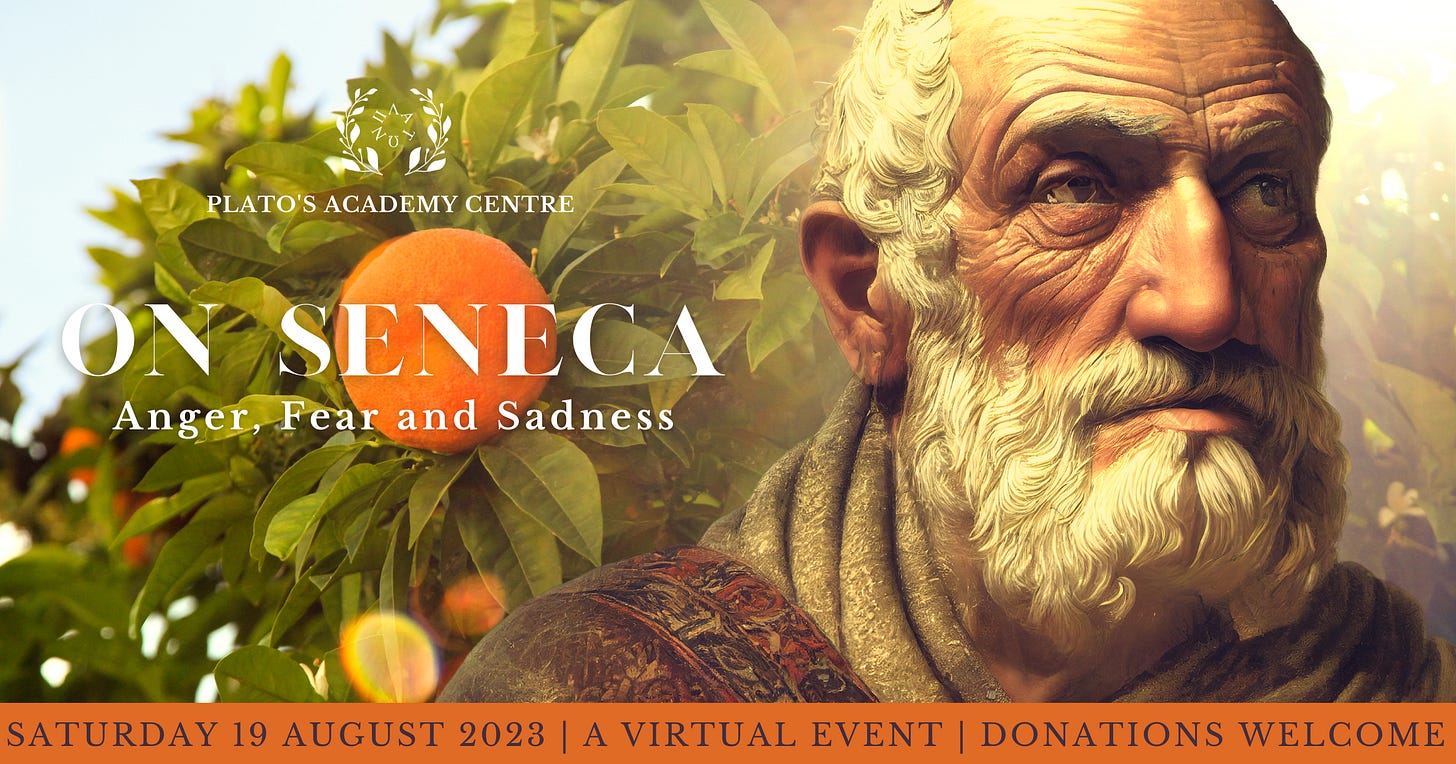Apocalypse and Golden Age: The End of the World in Greek and Roman Thought
by Christopher Star
The following is excerpted from Apocalypse and Golden Age: The End of the World in Greek and Roman Thought, by Christopher Star. Copyright 2021. Published with permission of Johns Hopkins University Press.
How did the ancient Greeks and Romans envision the end of the world? What is the long-term future of the human race? Will the world always remain as it is or will it undergo a catastrophic change? What role do the gods, human morality, and the forces of nature play in bringing about the end of the world? In Apocalypse and Golden Age , Christopher Star reveals the answers that Greek and Roman authors gave to these questions. The first large-scale investigation of the various scenarios for the end of the world in classical texts, this book demonstrates that key thinkers often viewed their world as shaped by catastrophe. Star focuses on how this theme was explored over the centuries in the works of poets, such as Hesiod, Vergil, Ovid, and Lucan, and by philosophers, including the Presocratics, Plato, Epicurus, Lucretius, Cicero, and Seneca. With possibilities ranging from periodic terrestrial catastrophes to the total dissolution of the world, these scenarios address the ultimate limits that define human life and institutions, and place humanity in the long perspective of cosmic and natural history. These texts also explore various options for the rebirth of society after world catastrophe, such as a return of the Golden Age or the redevelopment of culture and political institutions.
Greek and Roman visions of the end, Star argues, are not calls to renounce this world and prepare for a future kingdom. Rather, they are set within larger investigations that examine and seek to improve personal and political life in the present. Contextualizing classical thought about the apocalypse with biblical studies, Star shows that the seeds of our contemporary anxieties about globalization, politics, and technology were sown during the Roman period. Even the prevalent link between an earthly leader and the beginning of the end times can be traced back to Greek and Roman rulers, the emperor Nero in particular. Apocalypse and Golden Age enriches our understanding of apocalyptic thought.
Prof. Star is also an esteemed guest speaker at our upcoming event On Seneca: Anger, Fear, and Sadness on Saturday, August 19th at 12 pm EDT.
There is no other author in Greek and Latin literature for whom the poles of a golden age and apocalypse are as central and reoccurring as they are for Lucius Annaeus Seneca. As such, he is a fitting author to move to after the Augustans. The idea of decline from the golden age is deeply connected with Seneca’s work. We can see it in Seneca’s once standard literary periodization as “silver age Latin.”1 In place of this term, Seneca’s work is now often described as exemplifying a “baroque” or “post-classical aesthetic.” In part due to his self-consciousness of writing after the pinnacle of Latin literature, Seneca’s work contains a deep engagement with the idea of the golden age, perhaps even deeper than that of his “golden age” Augustan predecessors. In both his tragedy and philosophy, Seneca investigates it from a variety of perspectives: as a period of early human history, a period of recent and present Roman history, and as an idea used by the Augustan poets, Vergil and Ovid in particular.3 Seneca also points out impossibility or even undesirability of a return to the golden age.
Keep reading with a 7-day free trial
Subscribe to Plato's Academy Centre Newsletter to keep reading this post and get 7 days of free access to the full post archives.






